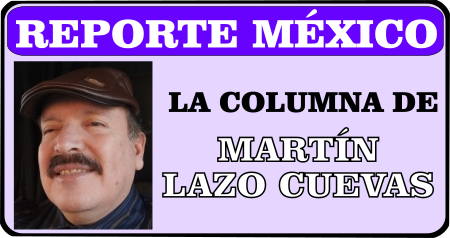MARTÍN LAZO CUEVAS: San Jose, historical and technological heart of California

By Martín Lazo Cuevas
San Jose, California, was founded on November 29, 1777, as Pueblo de San
José de Guadalupe. It was the first civil settlement in Alta California,
created as an agricultural community to supply food to the Presidio of
San Francisco and nearby missions such as Mission Santa Clara and
Mission San Francisco de Asís, also known as Mission Dolores, all part
of the Franciscan mission system.
During the mission era, San Jose and its ranches played a key role in
agricultural and livestock production, providing essential goods to the
northern region. In the Mexican era, from 1821 to 1846, San Jose
maintained its importance as a local economic center. After becoming
part of the United States through the Treaty of Guadalupe Hidalgo in
1848, San Jose was designated as the first capital of the new State of
California.
Throughout the 19th and early 20th centuries, San Jose was known as The
Valley of Heart’s Delight, thanks to its vast fruit production,
including plums, apricots, and cherries. This agricultural wealth
eventually gave way to a new kind of cultivation: knowledge and
technology.
Thus, Silicon Valley was born, a global hub of technological innovation,
with San Jose as a geographic, social, and economic anchor. Since the
mid-20th century, it has been home to a growing high-tech industry. One
of the key hubs of the transoceanic data cable is located here, enabling
global communication and digital transmission. This infrastructure made
San Jose a crucial point for connectivity and digital development.
Today, major tech companies are headquartered in San Jose, including
Adobe, Cisco Systems, PayPal, eBay, Western Digital, Broadcom, Zoom
Video Communications, Supermicro, Nutanix, and Roku. Companies like
Apple, Google, Amazon, and Microsoft also operate offices or development
centers in the city.
San Jose is well connected through various transportation systems. It
features the Mineta San Jose International Airport, the VTA light rail
system, BART, and Caltrain, a commuter rail connecting to San Francisco
and other key points in California. The city is served by major highways
such as 101, 280, 680, 880, 85, 87, 17, and 237.
In the academic sphere, San Jose boasts a rich university environment.
San José State University enrolls over 36,000 students. Santa Clara
University has around 9,000 students. Other institutions include
University of Silicon Valley, National University, and regional campuses
from Stanford and UC Berkeley collaborating in the area.
Today, San Jose’s population exceeds one million, while the Santa Clara
County metro area has over 1.9 million residents. Its ethnic makeup is
diverse: 31% Latino, 35% Asian, 25% non-Hispanic white, 3% African
American, and 6% multiracial.
San Jose is part of Santa Clara County, which includes fifteen cities:
San Jose, Santa Clara, Sunnyvale, Cupertino, Milpitas, Mountain View,
Palo Alto, Los Altos, Los Altos Hills, Los Gatos, Saratoga, Campbell,
Morgan Hill, Gilroy, and Monte Sereno.
Cultural diversity, academic prestige, technological leadership, and
global connectivity make San Jose the true heart of California—where the
past and the future come together in a vibrant present.